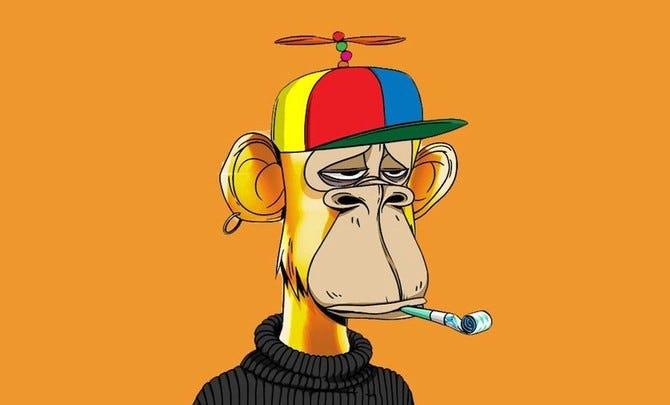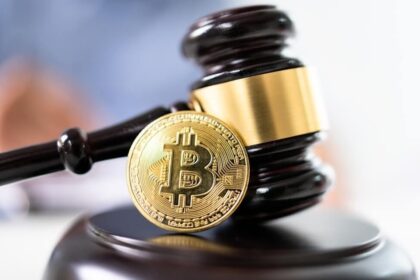In the ever-evolving landscape of digital technology, a new phenomenon has emerged, captivating artists, collectors, and investors alike: Non-Fungible Tokens, or NFTs. These unique digital assets are rewriting the rules of ownership and authenticity in the art world, challenging traditional concepts and creating avenues for creative expression that were once unimaginable. As we delve into the intricacies of NFTs, we’ll explore how they are reshaping the ways art is created, bought, and sold, and what this means for the future of artistic innovation. Join us on this journey to decode NFTs and uncover the transformative potential they hold for artists and audiences in a hyper-connected, digital age.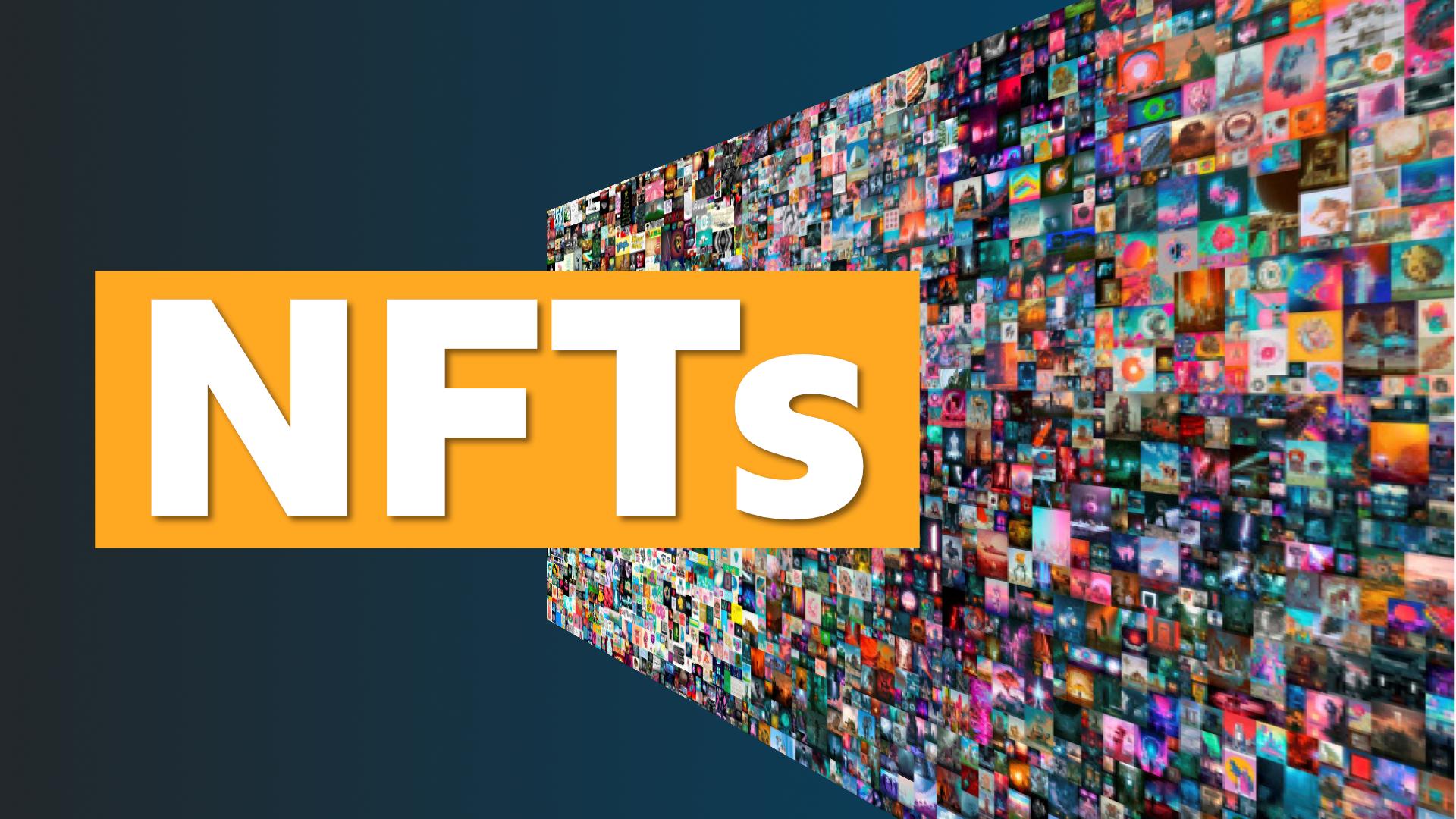
Understanding the Essence of NFTs and Their Impact on the Art World
The emergence of Non-Fungible Tokens (NFTs) has ushered in a paradigm shift in the way art is created, bought, and sold. At their core, NFTs are unique digital assets verified through blockchain technology, ensuring authenticity and ownership. This has redefined the concept of value in the art world, transforming the traditional dynamics of purchasing and owning art. Artists are now empowered to retain their rights and earn royalties on future sales, enabling a sustainable income stream that transcends the initial transaction. As a result, the art marketplace is expanding, inviting a more diverse range of creators and collectors into a vibrant ecosystem where digital artistry is celebrated and monetized.
The impact of NFTs extends beyond mere financial transactions; they challenge the very essence of artistic expression. Artists leverage this technology to explore new forms of creativity, including interactive art, virtual reality installations, and generative pieces that evolve over time. Moreover, the democratization of art through NFTs diminishes the barriers traditionally set by galleries and auction houses, allowing artists to reach global audiences directly. As we witness this evolution, several key factors highlight how NFTs are reshaping the art landscape:
- Accessibility: Artists from diverse backgrounds can enter the market without institutional support.
- Impact on Ownership: Collectors now possess provable authenticity, increasing trust in digital art transactions.
- Innovative Engagement: NFTs allow for novel interactions with art, such as limited editions and collaborative projects.
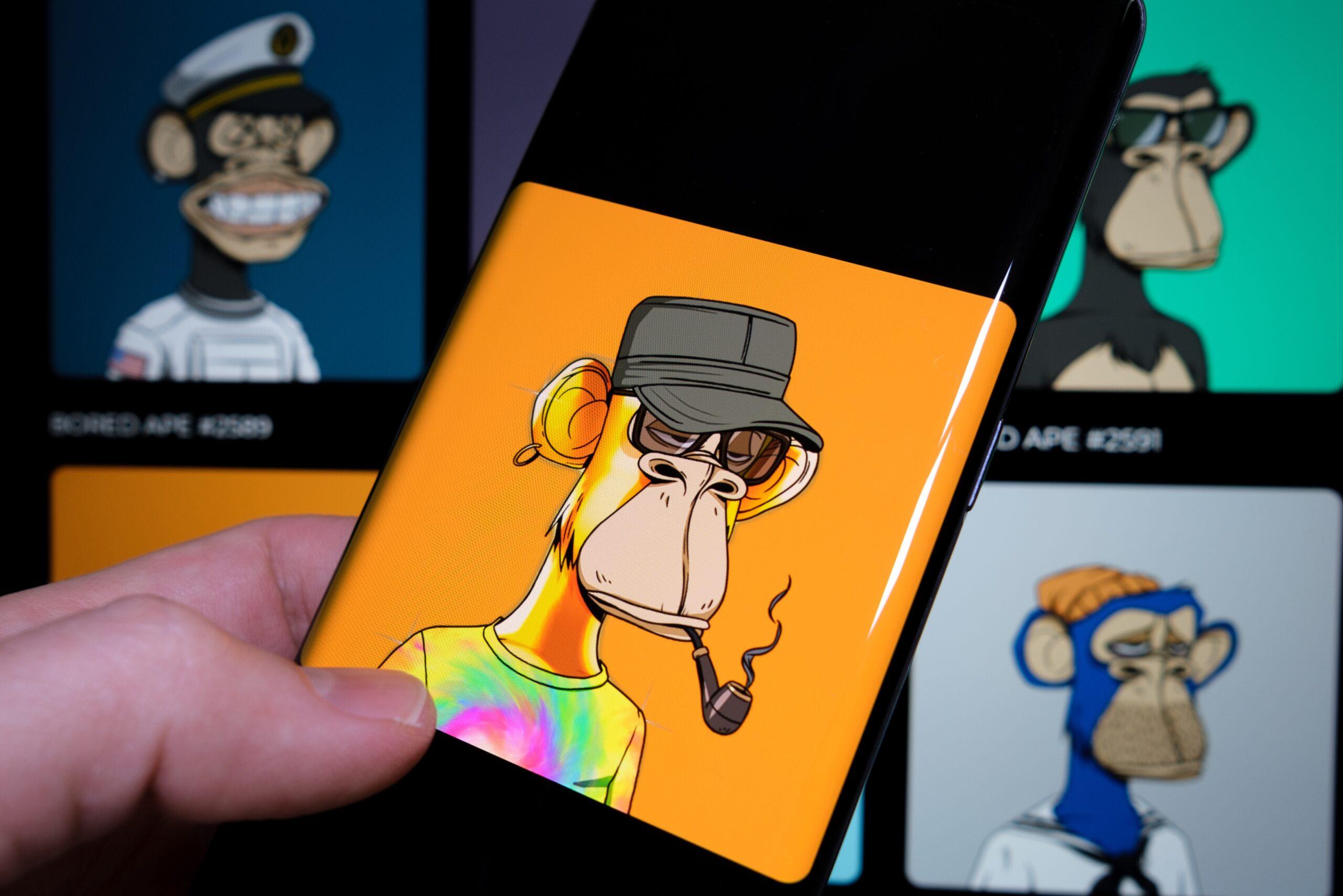
Exploring the Technology Behind NFTs: Blockchain and Smart Contracts
The foundation of NFTs lies in the innovative technology of blockchain—a decentralized ledger that ensures transparency and security. Unlike traditional databases, where a single entity maintains control, blockchain operates on a network of computers that collectively verify and record transactions. This feature not only reinforces the authenticity of each NFT but also guarantees that ownership can be traced back to its origin. With cryptographic hashing, every transaction is locked into the chain, making it nearly impossible to alter any record, thus preserving the integrity of digital assets like art, music, and virtual real estate.
Smart contracts play a pivotal role in the functioning of NFTs by automating transactions and enforcing the terms agreed upon by parties involved. These self-executing contracts are coded with specific conditions that must be met for the transfer of ownership to take place. For instance, when a buyer purchases an NFT, the smart contract verifies the payment and automatically reallocates ownership while ensuring that the original creator receives royalties from future sales. The benefits of smart contracts are manifold:
- Efficiency: Reduces the need for intermediaries.
- Security: Offers a higher level of trust through automation.
- Royalties: Guarantees ongoing payments for creators.

Navigating the Marketplace: Tips for Buying and Selling NFTs Safely
When delving into the world of NFTs, it’s crucial to approach buying and selling with a keen eye to ensure a safe experience. To start, do your research; familiarize yourself with the platforms where NFTs are sold. Popular marketplaces like OpenSea, Rarible, and Foundation each have their unique features and communities. Always examine the reputation of sellers and buyers through ratings and reviews. It’s also beneficial to follow prominent figures in the NFT space who often share insights and tips for newcomers. Moreover, consider joining dedicated communities on social media or forums where you can ask questions and share experiences with fellow enthusiasts.
Additionally, protecting your digital assets is paramount. Here are some essential safety tips to keep in mind:
- Use a reputable crypto wallet, such as MetaMask or Ledger, to store your NFTs securely.
- Enable two-factor authentication (2FA) wherever possible to safeguard your accounts.
- Verify the authenticity of the NFT before purchasing, ensuring it comes from a legitimate creator.
- Be cautious of phishing scams; always check the URLs you visit and avoid clicking on suspicious links.
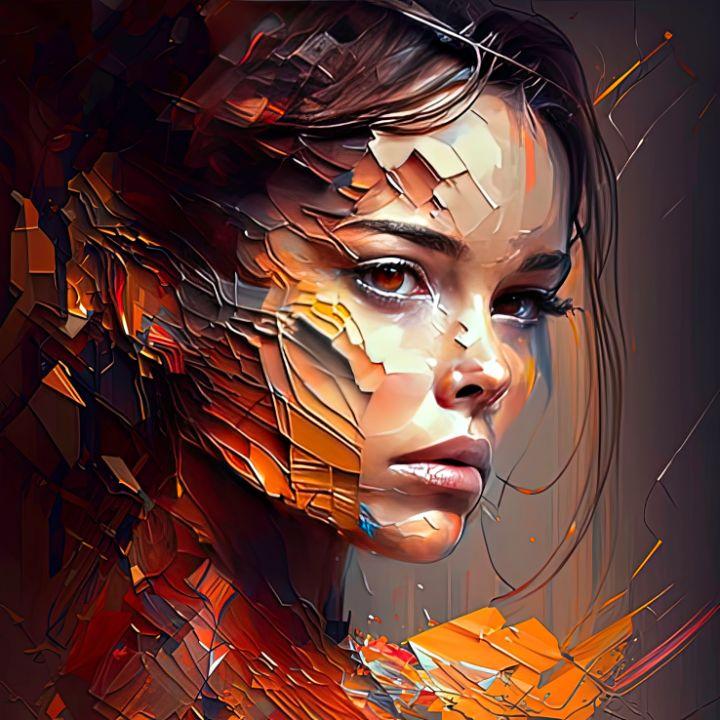
The Future of Digital Art: Trends and Predictions in the NFT Landscape
The rapid evolution of digital art is poised to redefine the creative landscape, with NFTs at the forefront of this transformation. Artists are increasingly exploring innovative techniques and platforms to monetize their work, leading to the emergence of several key trends. These include:
- Collaborative Collectives: Artists are joining forces to create collective NFT projects, pooling resources and talents to produce unique collections that captivate a wider audience.
- Augmented Reality (AR) Integration: Combining NFTs with AR technology is becoming popular, allowing collectors to experience digital art in immersive environments.
- Sustainability Initiatives: As awareness of environmental issues grows, many creators are adopting eco-friendly practices, focusing on blockchains that prioritize energy efficiency.
Moreover, predictions about the NFT landscape suggest a shift towards more accessible and user-friendly platforms that cater not only to seasoned collectors but also to newcomers. This democratization may lead to a diversification of voices within the digital art scene, encouraging underrepresented artists to gain recognition. Notable predictions include:
| Trend | Impact |
|---|---|
| Increased Interactivity | Artworks that evolve over time or respond to audience input. |
| Blurred Lines Between Physical and Digital | Hybrid art pieces that combine physical elements with digital ownership. |
| Rise of Community-Driven Platforms | Greater artist income control through community support and patronage. |
In Retrospect
As we stand on the brink of a digital renaissance, the rise of NFTs invites us to reconsider not only how we create and consume art but also how we value it. These unique digital assets are more than mere pixels on a screen; they represent a paradigm shift, challenging traditional notions of ownership, creativity, and authenticity.
The journey of decoding NFTs has illuminated the intricate relationship between technology and artistry, merging the virtual with the visceral in ways previously unimagined. Whether you are an artist, collector, or curious observer, engaging with this phenomenon offers a chance to explore new dimensions of expression and innovation.
As we navigate this evolving landscape, one thing is clear: NFTs are not just a passing trend; they are a catalyst reshaping the very foundations of the art world. The canvas of tomorrow is digital, and with it comes an opportunity to redefine what it means to experience and engage with art in the 21st century.
As we close this chapter on NFTs, the conversation has only just begun. Embrace the possibilities, stay curious, and remember—the revolution is being coded one unique asset at a time.


